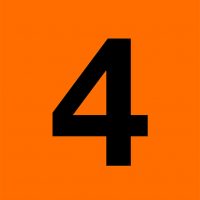
Antibody-Mediated Immunity

Antibody-Mediated Objectives
- Define what an antibody is and explain how it adheres to a pathogen.
- Outline the steps of the antibody-mediated immune response.
- Explain why memory B and memory T cells are important.
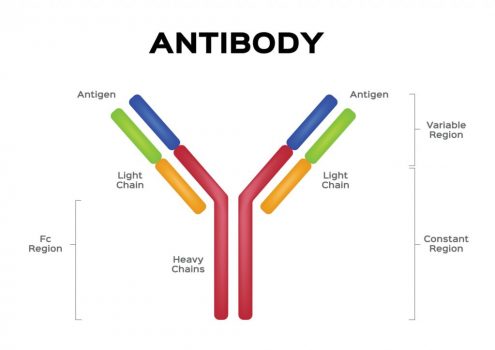
Antibodies have been in the news a lot over the past year. The presence of antibodies against SARS-CoV-2 can indicate that an individual had a COVID infection. Vaccines were given emergency approval in part because they resulted in a large antibody response.
Antibodies are proteins that adhere to the antigens on the surface of a pathogen. This is a specific fit, like a key in a lock.
The previous section focused on cell-mediated immunity. This section focuses on the other acquired and specific response: antibody-mediated immunity.
This poster summarizes the antibody-mediated response.
One of the best ways to keep track of complex and overlapping processes is to sketch what you know.
Specific Antibody-Mediated Immunity
Here are the details of how lymphocytes can produce antibodies to attack specific pathogens.
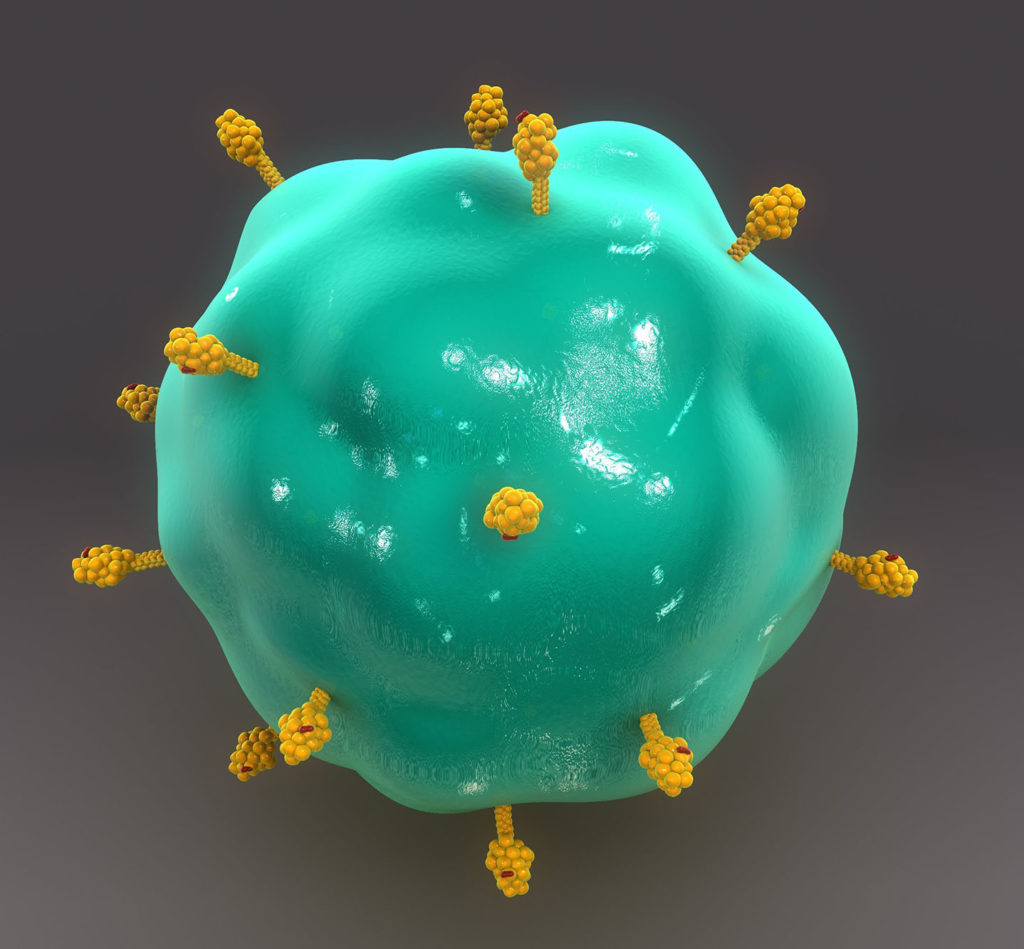
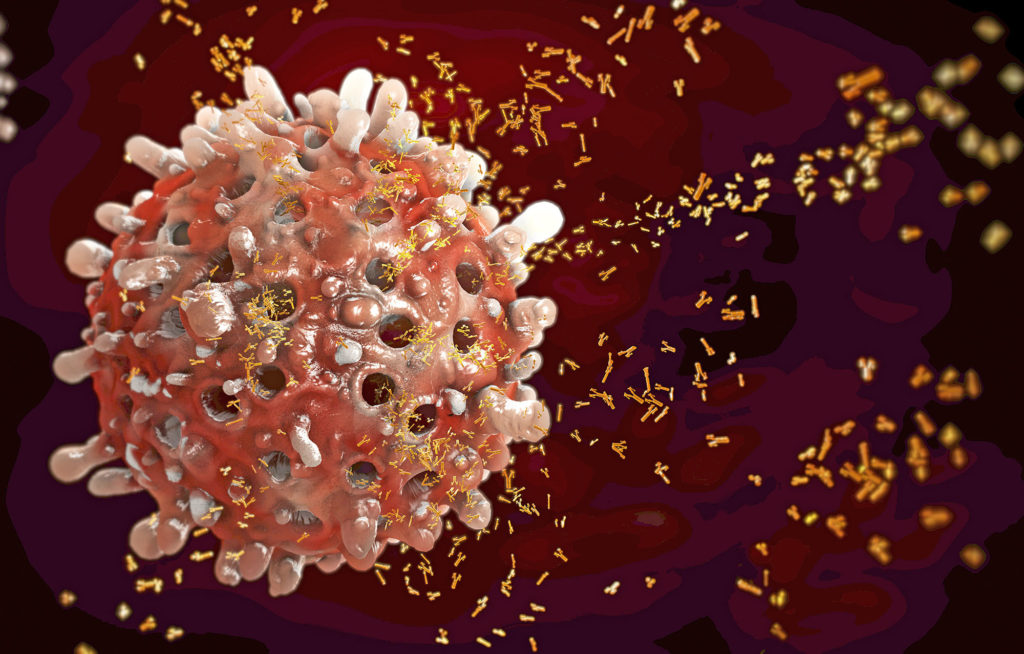
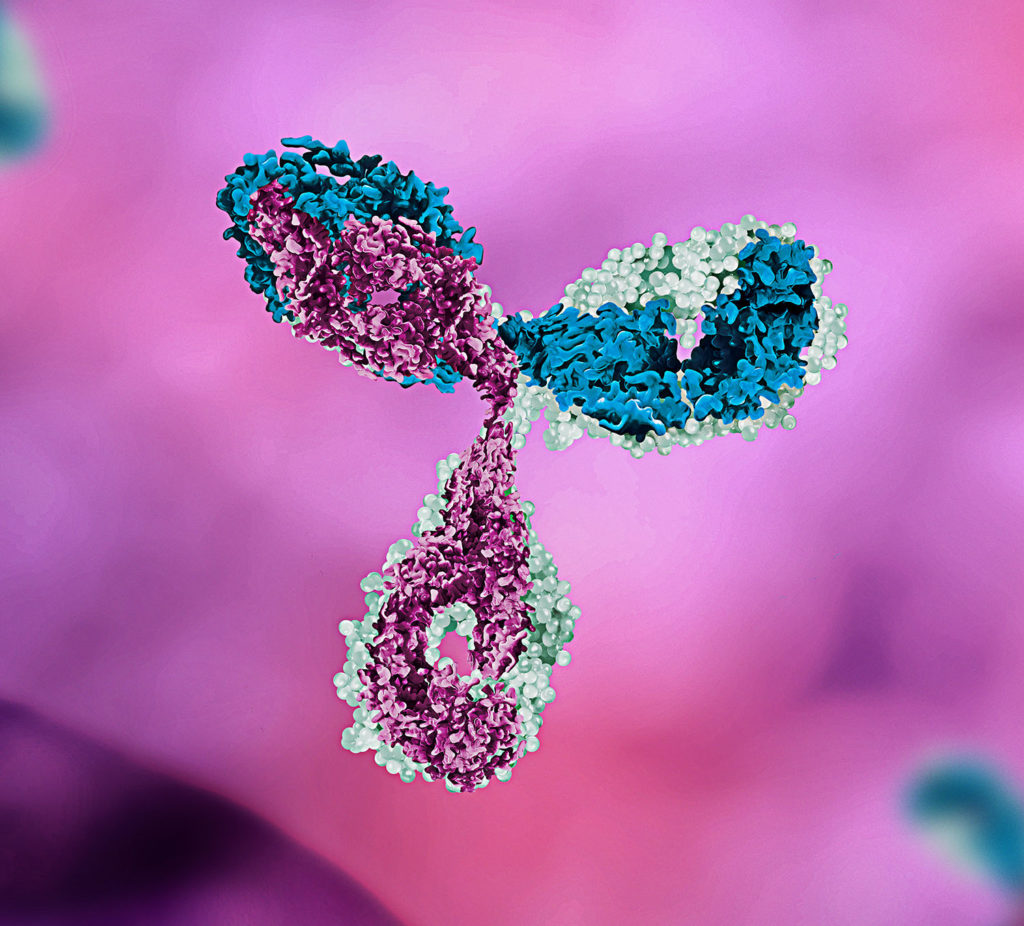
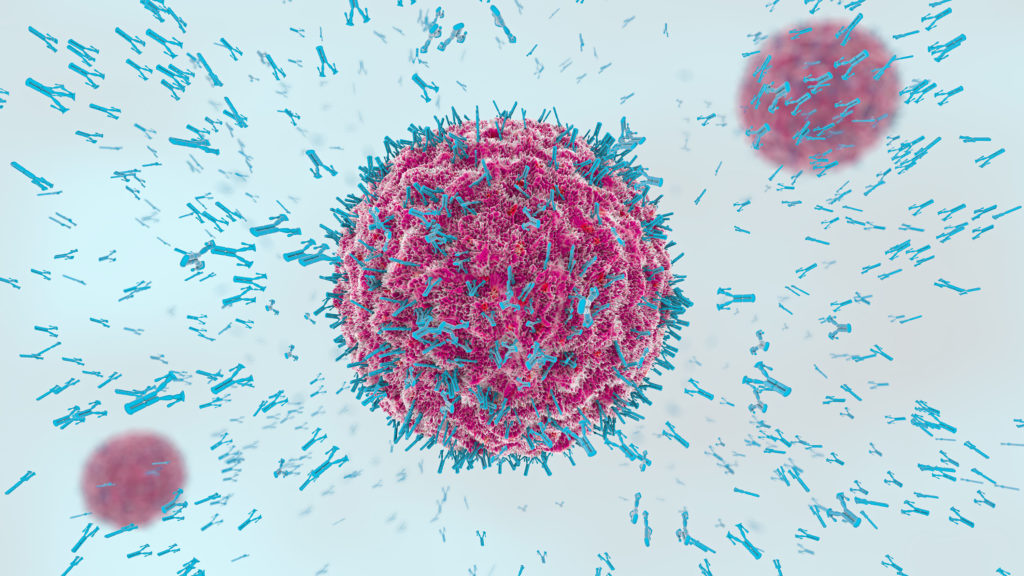
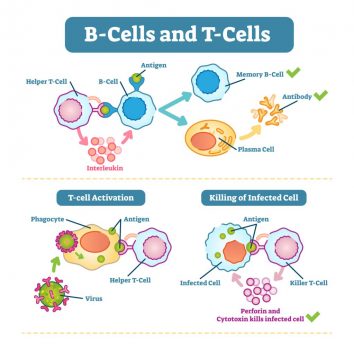
Memory T and memory B cells can divide and remain in the body for days, weeks, years, or even decades. If a pathogen with the same antigen re-enters the body, the memory cells can quickly transform into active cytotoxic T cells or plasma B cells, bypassing the time it would take for the body to learn about antigens and what to kill.
Vaccines will be covered in the next module. They work by introducing an antigen into the body so memory cells are formed. If the pathogen mutates and antigens change, memory cells may no longer recognize the pathogen. This is why the influenza vaccine has to be repeatedly updated.
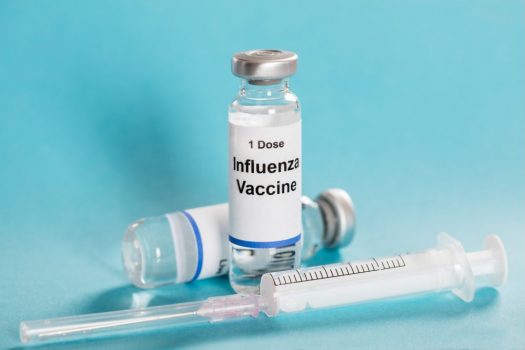
Some patients with severe COVID-19 have something called a “cytokine storm” in the news. From the videos, why are cytokines important? A cytokine storm indicates that the body’s reaction against SARS-CoV-2 is so strong, there can be an excessive immune response that may itself be damaging.
Antibody tests may indicate whether a person has responded to SARS-CoV-2. It does not indicate whether they have sufficient memory cells to have a rapid response if they re-encounter the virus. Antibodies also rise in the blood after infection, so antibody tests are not useful in detecting an early infection.
The following vocabulary list may assist in understanding this guide’s material as well as COVID-19 news coverage.
Vocabulary
Pathogen: a virus, bacterium, or protist that can cause disease.
Antigen: molecules on a surface of a pathogen that are different than the markers on all of your own cells.
Infected Cell: a cell being attacked by a pathogen. For example, a respiratory epithelial cell that is infected by the influenza virus.
Chemical Signals: a variety of molecules communicate information between cells. Wounded and infected cells releases chemical signals that trigger the inflammation process. White blood cells also communicate with chemical signals.
Macrophage: a monocyte that has become a “big eater,” consuming debris and pathogens. The macrophage can remove the antigens from the surface of a pathogen and “present” these antigens to the helper T cell.
Helper T cell: a cell with the ability to recognize an antigen and communicate its structure through chemical signals to other T cells and B cells, educating them on what to destroy.
Cytotoxic (killer) T cell: once educated by the helper T cell, immature/naive T cells can seek out and destroy cells infected with that specific pathogen.
Memory T cell: some educated T cells hold back and do not turn cytotoxic until the pathogen re-enters the body at a later date.
Plasma B cell: immature (naive) B cells can be activated by helper T cells or by directly encountering a pathogen. Many turn into Plasma B cells that pump out antibodies that attach to specific antigens.
Antibody: a small Y-shaped molecule that attaches to the antigens on the surface of a specific pathogen. These antibodies can stick the pathogen into a ball that is consumed by the macrophage.
Memory B cell: some educated B cells hold back and do not turn into plasma B cells until the pathogen re-enter the body.
Suppressor T cell: a group of cells, also called regulatory T cells, that slow down the white blood cells response once the pathogen has been eliminated.
Big Advances that are Coming Soon
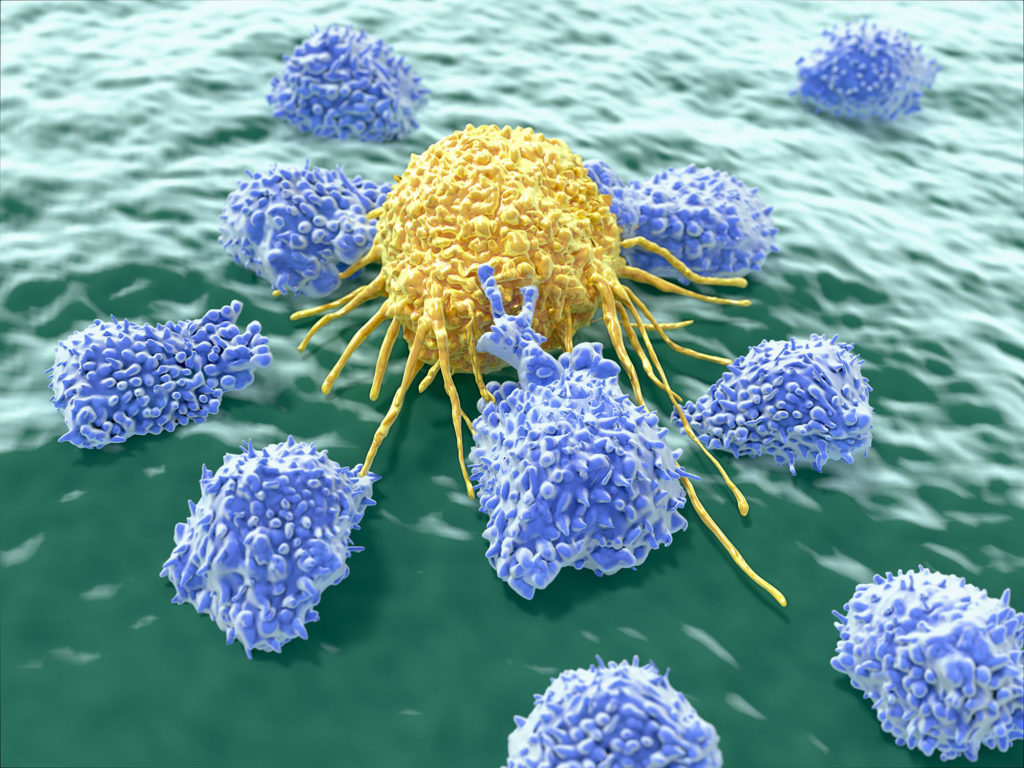
Training cytotoxic T cells to destroy cancer cells. This is a lot more precise and efficient than natural killer cells wandering around looking for any injured cell, and killing some harmless ones along the way.
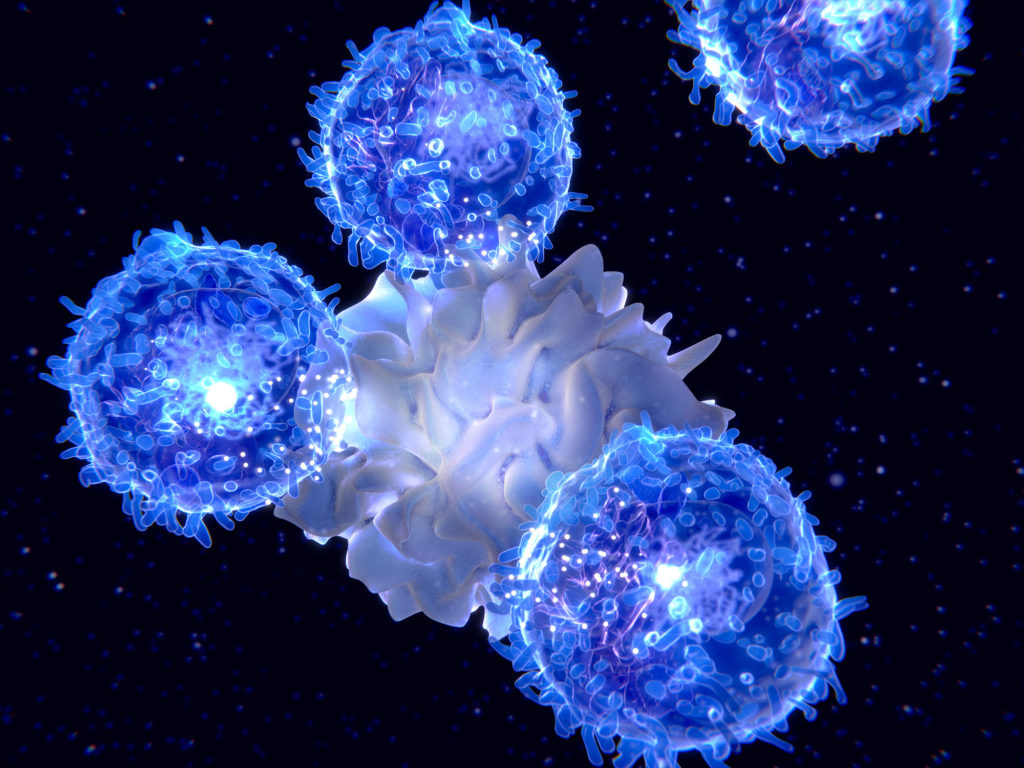
Using suppressor (regulatory) T cells to reduce immune responses. This may be a critical step towards treating autoimmune disease like Rheumatoid Arthritis and Multiple Sclerosis.
This is the end of Guide 9A. The next step is to take the quiz on Canvas and upload your body data visualization media piece.

Check your knowledge. Can you:
- define what an antibody is and explain how it adheres to a pathogen?
- outline the steps of the antibody-mediated immune response?
- explain why memory B and memory T cells are important?




